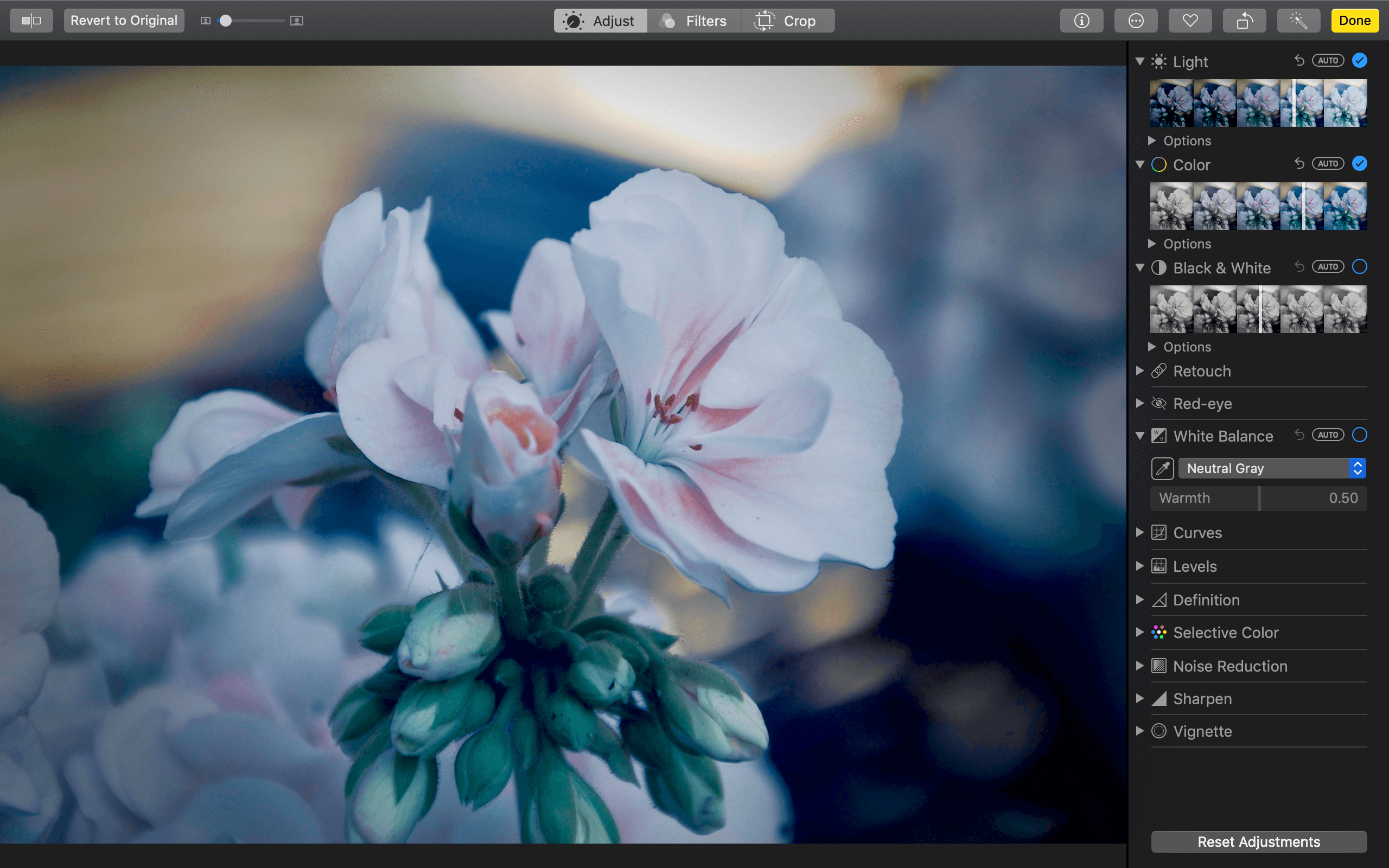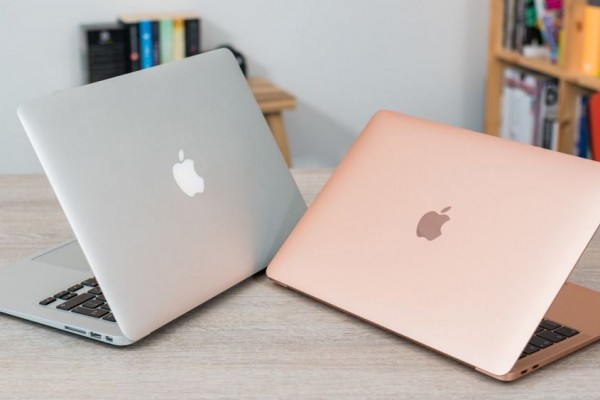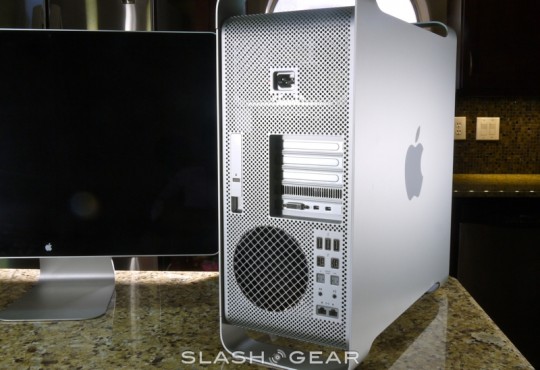

The situation is exactly the same with the AMD 64-bit processors “For PC users.” The particular version of OS X 10.2.7 running on our G5 test machine does have some small number of 64-bit features and the next OS from Apple will have still more. Our 64-bit Mac was pretty darned fast, but there is only a very limited number of applications that run in 64-bits today (notably including FCP 4.1 and Compressor 1.1). Apple’s claims to being the “world’s fastest personal computer” and statements like “For PC users, going from 32-bit to 64-bit computing requires migrating to a 64-bit operating system” make us anxious. The line between aggressive marketing and outright spin is a thin one. The most important limitation for videographers is that there is only one small slot for a single additional hard disk drive.

APPLE MAC PRO 2010 FOR VIDEO EDITING INSTALL
There wasn’t a lot of room inside to install anything else, mostly because of the absolutely humungous heat sinks on the processors. The design of the brushed-metal case was exceptional, with large cooling fans that ran at slow enough speeds so the entire machine was extremely quiet, and they smartly spun up during our rendering tests.
APPLE MAC PRO 2010 FOR VIDEO EDITING MAC OS X
Our G5 had dual 2GHz processors, 1GB RAM, a 160GB hard disk drive and was loaded with Mac OS X v10.2.7. Other updates video fanatics will find useful include Serial ATA (for hard disks) and a 4x DVD-R/RW SuperDrive (OEM Sony). Sure, we’ve always had FireWire, but we’ve found that USB 2.0 is friendlier with a broader range of devices. There are peripheral, but important, changes as well, notably USB 2.0, which will open the Mac to more high-speed USB drives, external hard disks and DVD burners. The G5 has totally new architecture, 64-bit or not, from the ground up, with new faster motherboards, new faster RAM and new faster busses: it’s new and faster, and that will make a difference in our everyday editing. Besides, 8GB of RAM is going to run nearly $5,000. We don’t think this makes any difference for video editors today and we’re pretty happy with a couple of gigs of RAM. The big marketing claim for Apple’s 64-bits is that it now allows you to use up to 8GB of RAM, whereas you could only use a paltry 2GB on a G4. While 64-bit may be the most exciting aspect of this machine, it may pragmatically be the least important feature in a box that is totally new. Still, the new hardware is here today and, for the Mac, it takes the form of the new G5. Notice we didn’t say “processing.” As of this writing, 64-bit applications are still few and far between.

The most exciting development in desktop computing in a very long time is 64-bit processors.


 0 kommentar(er)
0 kommentar(er)
